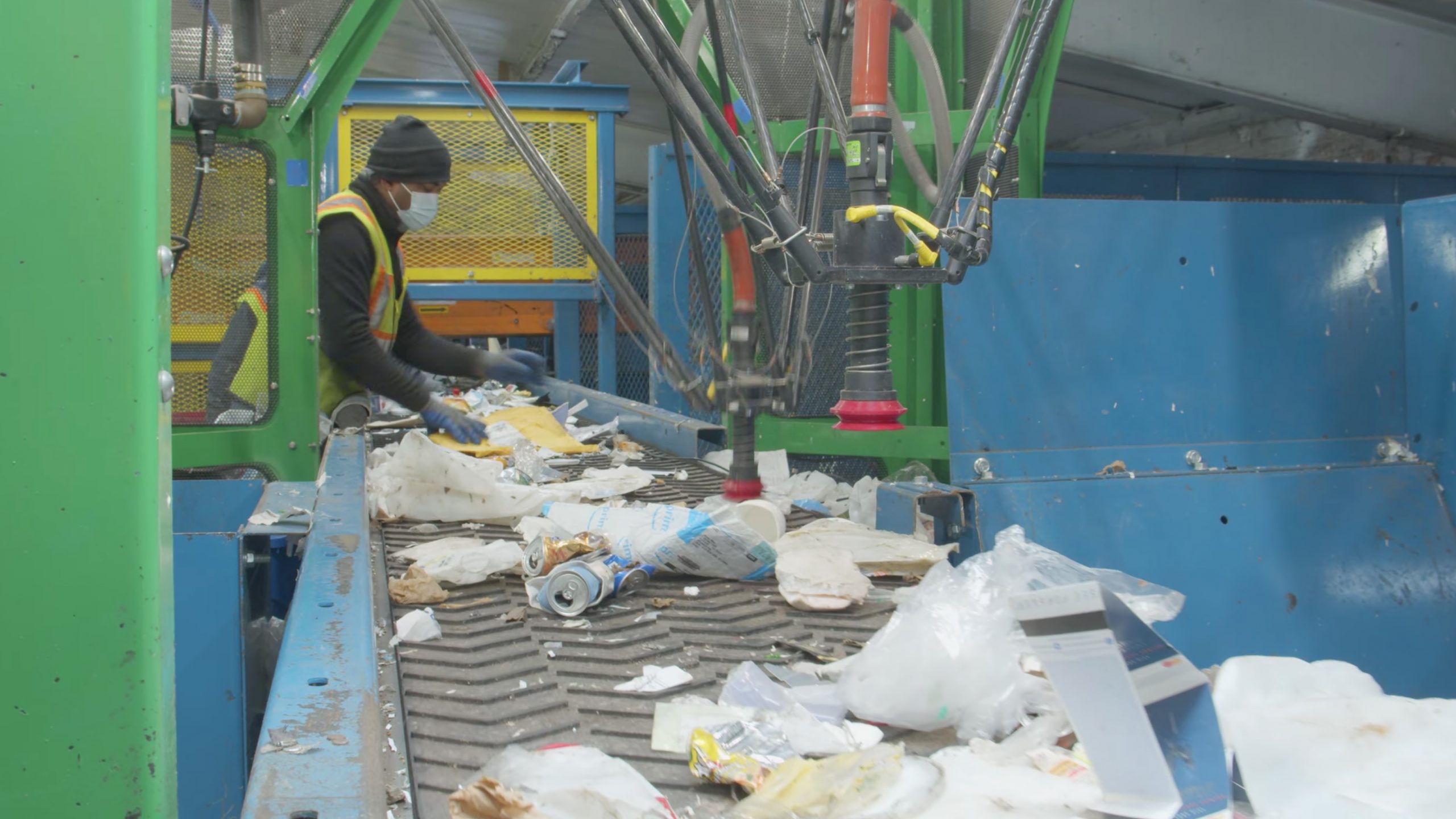Recognizing the Category and Handling of Various Sorts Of Waste
Reliable waste monitoring is pivotal for ecological sustainability, needing a detailed understanding of the category and handling of numerous waste kinds. Family waste, commercial spin-offs, hazardous products, digital refuse, and natural residues each require distinctive procedures to guarantee safety and minimize environmental damage.

Home Waste
House waste, including a wide array of discarded products produced from day-to-day living activities, represents a substantial element of the total waste stream - recycling lives services. This group consists of organic waste such as food scraps, backyard clippings, and paper items, alongside inorganic materials like plastics, metals, and glass. The varied nature of household waste requires efficient classification and administration to reduce ecological influence and promote sustainable living methods
Efficient house waste monitoring begins with segregation at the source, facilitating recycling, composting, and risk-free disposal. Organic waste, as an example, can be composted to create nutrient-rich soil modifications, reducing land fill concern and enhancing dirt health and wellness. Recyclable products, consisting of paper, glass, and particular plastics, can be refined and repurposed, conserving sources and decreasing power consumption associated with brand-new material manufacturing.
Moreover, dangerous family waste such as batteries, digital gadgets, and cleansing chemicals needs specialized taking care of to protect against dirt and water contamination. Public awareness campaigns and convenient disposal choices play vital functions in guaranteeing proper disposal and recycling of these products. By carrying out durable waste reduction methods and fostering neighborhood engagement, municipalities can significantly ease the environmental footprint of family waste.
Industrial Waste
Industrial waste, a significant contributor to international waste generation, includes a varied array of materials created by production, building and construction, and various other industrial activities. Reliable monitoring of commercial waste is important for decreasing environmental influence and advertising sustainable methods.
The handling of commercial waste commonly includes several processes: collection, segregation, disposal, and therapy. Collection systems are created to effectively gather waste materials from different resources within a commercial procedure.
Taking on methods such as waste minimization, source recovery, and recycling can dramatically lower the problem of commercial waste on the atmosphere, adding to more lasting industrial techniques.
Contaminated Materials

The classification of contaminated materials is typically based on its chemical and physical attributes. Hazardous wastes consist of dangerous compounds that can create damaging health and wellness effects even at low focus. Corrosive wastes can damage or damage living cells and materials. Flammable wastes can quickly stir up, positioning fire dangers, while reactive wastes can trigger explosions or release poisonous gases upon call with other materials.
Effective contaminated materials administration entails numerous vital practices: recognition and partition of hazardous materials, safe transportation and storage, and proper treatment and disposal. Treatment approaches may consist of chemical incineration, neutralization, and stabilization. Regulative conformity is necessary, led by structures such as the Resource Preservation and Healing Act (RCRA) in the United States, which ensures ecologically sound and safe management of dangerous waste.
Digital Waste
Digital waste, often abbreviated as e-waste, represents an expanding difficulty in waste management because of the fast obsolescence of modern technology. This classification includes a wide array of discarded digital gadgets, consisting of smart devices, computer systems, tvs, and family home appliances. The intricacy of e-waste depends on its structure; these items consist of a combination of beneficial products such as gold and copper, as well as hazardous compounds like lead, mercury, and cadmium.
Regulations and laws, such as the European Union's Waste Electronic and electric Equipment (WEEE) Instruction, purpose their website to promote liable e-waste monitoring. These policies mandate producers to help with the collection and recycling of electronic items, therefore lowering the problem on landfills and minimizing ecological contamination.
Organic Waste
Organic waste, including naturally degradable materials such as food scraps, lawn trimmings, and farming residues, constitutes a substantial portion of the community strong waste stream. This type of waste is remarkable not only for its volume but additionally for its prospective ecological influence otherwise managed appropriately. Organic waste can decompose anaerobically in landfills, creating methane, a powerful greenhouse gas adding to environment change.
Correct handling of natural waste involves a number of methods. Furthermore, diverting food waste from landfills through contribution programs can reduce food instability while reducing waste.
Municipalities and services are increasingly acknowledging the importance of organic waste monitoring. Implementing extensive organic waste recycling programs not only reduces environmental influences but likewise straightens with wider sustainability objectives, advertising a circular economic climate where resources are constantly recycled and repurposed.
Final Thought
Reliable waste administration and environmental defense necessitate a detailed understanding of the category and handling of numerous waste kinds. Implementing appropriate approaches for each waste kind makes certain liable and safe waste administration techniques, inevitably contributing to the defense of communities and public health and wellness.
Reliable waste management is essential for ecological sustainability, requiring a detailed understanding of the category and handling of numerous waste types.Household waste, including a wide variety of thrown out materials created from day-to-day living tasks, stands for a significant part of the general waste stream.Industrial waste, a major factor to global waste generation, incorporates a diverse range of materials generated by manufacturing, construction, and moved here other commercial tasks (recycling lives services).Harmful waste, a crucial concern in waste administration, makes up materials that position considerable threats to human health and wellness and the atmosphere due to their toxic, destructive, flammable, or responsive residential or commercial properties.Organic waste, encompassing eco-friendly materials such as food scraps, lawn trimmings, and agricultural residues, makes up a considerable part of the local solid waste stream